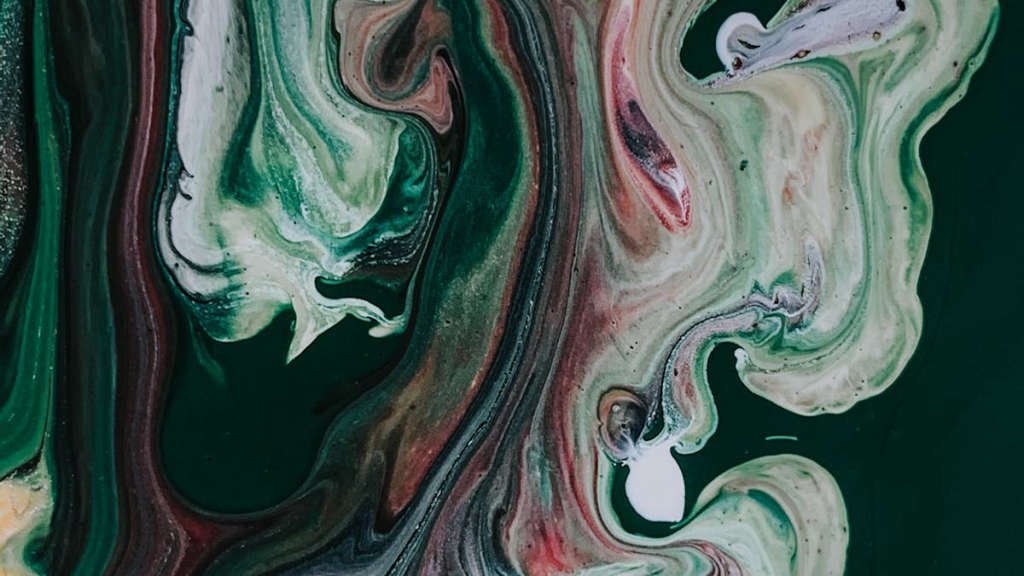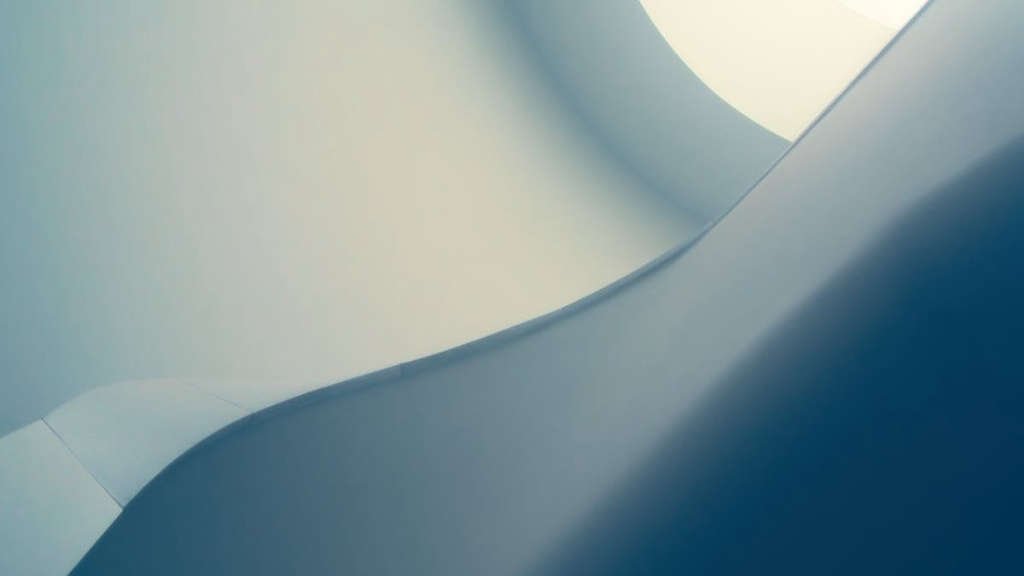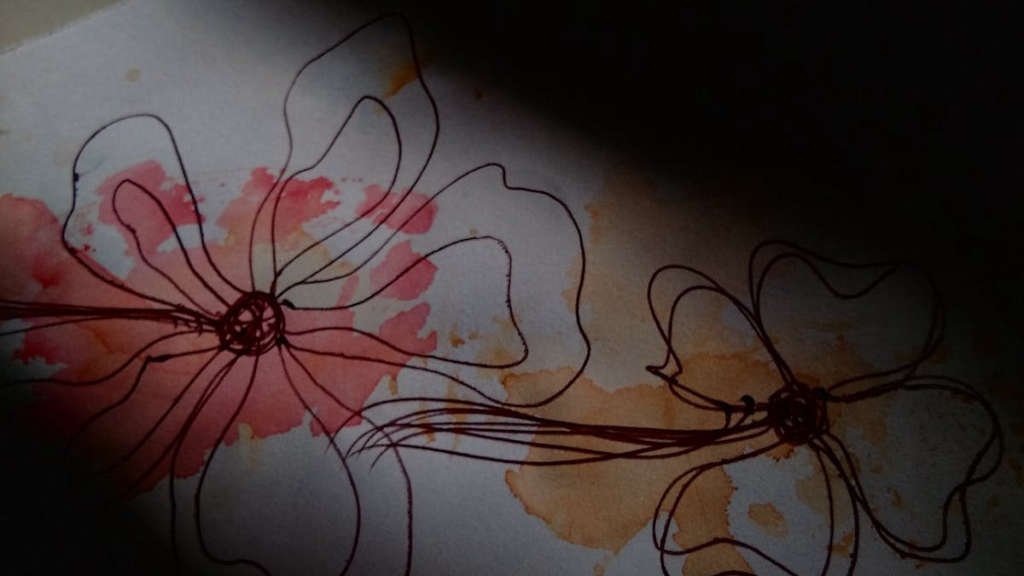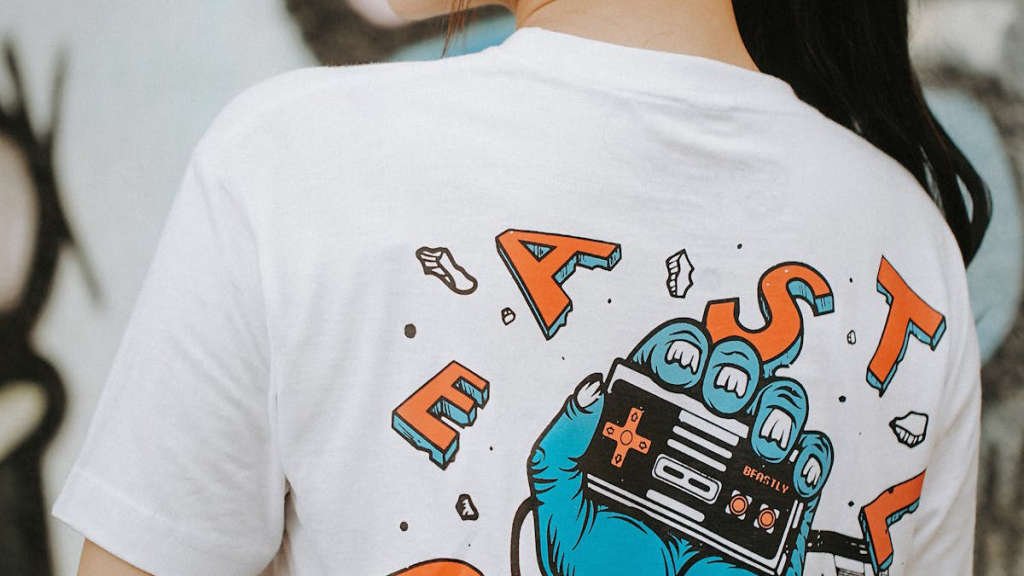
Exploring the Evolving Landscape of Modern Illustration Trends
Illustration, in all its forms, has always been a dynamic and ever-changing art form. In today’s digital age, modern illustration trends continue to evolve, influenced by technology, culture, and individual creativity. From traditional hand-drawn illustrations to cutting-edge digital creations, the world of illustration is vast and diverse.
Main Points
- The impact of technology on modern illustration trends
- Exploring new digital illustration techniques
- The influence of cultural diversity on contemporary illustration styles

Embracing Minimalism in Modern Illustration
In the world of illustration, embracing minimalism has become a popular trend among artists. Minimalist illustration focuses on using the simplest forms, shapes, and colors to convey a message or evoke an emotion. This approach allows artists to create impactful and visually appealing artworks without overwhelming the viewer with unnecessary details.
Key Benefits of Embracing Minimalism in Illustration
1. Simplicity: Minimalist illustrations are visually clean and uncluttered, allowing viewers to focus on the essential elements of the artwork.
2. Clarity: Minimalism helps convey a message or tell a story in a straightforward and easily understandable way.
3. Emotional Impact: By stripping away excess details, minimalist illustrations can evoke strong emotions and connect with viewers on a deeper level.
How to Incorporate Minimalism in Your Illustrations
- Start by focusing on the essential elements of your composition, such as shapes, lines, and colors.
- Use negative space to create balance and emphasize the main subject of your illustration.
- Limit your color palette to a few key hues to create a cohesive and harmonious look.
- Avoid unnecessary details and decorations that may distract from the overall message of your artwork.
Whether you are a beginner or an advanced illustrator, embracing minimalism can help you create striking and impactful artworks that resonate with your audience. Experiment with different techniques and styles to find what works best for you, and don’t be afraid to simplify your illustrations to achieve maximum visual impact.

The Impact of Technology on Contemporary Illustration Trends
The world of illustration has undergone significant transformations in recent years, largely due to the advancements in technology. The impact of technology on contemporary illustration trends has been profound, reshaping the way artists create and share their work. In this article, we will explore how technology has influenced the field of illustration and examine some of the key trends that have emerged as a result.
Digitization of Illustration
One of the most significant changes brought about by technology is the digitization of illustration. With the rise of digital tools and software, artists are able to create stunning artworks directly on their computers or tablets. This shift towards digital illustration has opened up a world of new possibilities, allowing artists to experiment with different techniques and styles in ways that were not possible before.
Collaboration and Networking
Technology has also revolutionized the way illustrators collaborate and network with one another. Social media platforms and online communities have made it easier for artists to connect, share their work, and learn from each other. This increased connectivity has led to a more vibrant and diverse illustration community, where artists can find inspiration and support from their peers around the world.
Augmented Reality and Interactive Illustration
Another exciting trend that has emerged as a result of technology is the integration of augmented reality and interactive elements in illustration. Artists are now able to create dynamic and immersive experiences for their audience, blurring the lines between traditional art forms and digital media. This has opened up new avenues for creativity and storytelling, allowing artists to engage with their viewers in innovative ways.
| Key Trends | Impact |
|---|---|
| Digitization of Illustration | Expanded creative possibilities |
| Collaboration and Networking | Increased connectivity in the illustration community |
| Augmented Reality and Interactive Illustration | Enhanced viewer engagement |
In conclusion, technology has had a profound impact on contemporary illustration trends, reshaping the way artists create, collaborate, and interact with their audience. As technology continues to evolve, we can expect to see even more exciting developments in the field of illustration, pushing the boundaries of creativity and innovation.

Diversity and Inclusivity in the World of Illustration
In the vibrant and ever-evolving world of illustration, diversity and inclusivity play crucial roles in shaping the narratives and visual representation we see. Gone are the days when illustration was limited to a certain style, genre, or demographic. Today, artists from various backgrounds and cultures are coming together to showcase their unique perspectives and experiences through their art.
Embracing diversity in illustration allows us to break free from stereotypes and clichés. It opens up a world of possibilities where artists can explore different themes, characters, and settings that reflect the rich tapestry of our society. By including voices that are often marginalized or underrepresented, we create a more inclusive and welcoming space for all to enjoy and contribute.
Why is diversity important in illustration?
When we limit illustration to a narrow scope, we miss out on the opportunity to learn, grow, and connect with others. By celebrating diversity in all its forms, we encourage creativity, empathy, and understanding. We challenge norms and spark conversations that can lead to positive change and progress.
Ultimately, diversity and inclusivity in illustration uplift the entire creative community. They push boundaries, inspire new ideas, and pave the way for a more vibrant and inclusive future where everyone’s story is heard and valued.

Experimental Techniques Pushing the Boundaries of Illustration
In the world of illustration, artists are constantly exploring new techniques to push the boundaries of creativity and innovation. From digital tools to traditional mediums, the possibilities are endless. Here, we take a look at some of the most experimental techniques that are redefining the art of illustration:
1. Collage Art:
Collage art is a technique that involves creating a piece of art by assembling different materials such as photographs, magazine clippings, and fabric on a surface. This collaborative approach allows artists to create unique and visually striking illustrations.
2. 3D Illustration:
With the advancement of technology, 3D illustration has become increasingly popular among artists. By using innovative software and tools, illustrators can create realistic and immersive artworks that come to life on the screen.
3. Experimental Typography:
Typography plays a crucial role in illustration, and artists are now experimenting with unconventional fonts and layouts to create visually stunning pieces. By combining bold typography with intricate illustrations, artists can convey powerful messages in their work.
4. Data Visualization:
Another experimental technique that is gaining popularity is data visualization. By transforming complex data sets into visual graphics, illustrators can communicate information in a clear and engaging way. This innovative approach is not only informative but also visually appealing.

Conclusion
As the world of illustration continues to evolve, artists are pushing the boundaries of traditional techniques to create bold and innovative artworks. By exploring experimental techniques such as collage art, 3D illustration, experimental typography, and data visualization, illustrators are redefining the art form and inspiring creativity in new ways.
Sustainability and Eco-Friendly Practices in Illustration
In the world of illustration, sustainability and eco-friendly practices are becoming increasingly important. Artists are now more conscious of the impact their work has on the environment, and are making efforts to reduce their carbon footprint.
One way illustrators are incorporating sustainability into their work is by using recycled materials. From paper to paints, many artists are choosing supplies that have been produced in an environmentally friendly way. This not only reduces waste, but also supports the recycling industry.
Another eco-friendly practice gaining popularity among illustrators is digital illustration. By creating art digitally, artists can significantly reduce their consumption of paper and other traditional art supplies. This not only saves resources, but also allows for easy sharing and reproduction of artwork.
The importance of sustainability
Illustrators play a vital role in shaping our culture and society. As such, it is important for them to consider the impact of their work on the planet. By embracing sustainability and eco-friendly practices, illustrators can not only reduce their environmental footprint, but also inspire others to do the same.
In conclusion, sustainability and eco-friendly practices are essential in the world of illustration. By making conscious choices about the materials they use and the processes they follow, artists can help protect the environment for future generations.
Conclusion
In conclusion, the world of illustration is constantly evolving, and keeping up with modern illustration trends is essential for staying relevant in the industry. By embracing new techniques, styles, and technologies, artists can continue to push the boundaries of creativity and create innovative and impactful work. Whether it’s through digital illustration, mixed media, or experimental techniques, there is a wealth of possibilities to explore and define one’s unique artistic voice in the ever-changing landscape of illustration. Remember, the only limit is your imagination!
Frequently Asked Questions
What are some popular modern illustration styles?
Some popular modern illustration styles include flat design, minimalism, organic textures, and isometric illustrations.
How can I stay updated with the latest illustration trends?
You can follow design blogs, social media accounts of illustrators, attend design conferences, and participate in online design communities.
Is it necessary to have formal education to become an illustrator?
While formal education can be helpful, many successful illustrators are self-taught. Practice, experimentation, and building a strong portfolio are key.
What software tools are commonly used in modern illustration?
Some commonly used software tools in modern illustration are Adobe Illustrator, Procreate, Affinity Designer, and Adobe Photoshop.
How can I develop my own unique illustration style?
Developing a unique illustration style takes time and experimentation. Study different artists, try various techniques, and focus on what makes your work stand out.
